All Fast and Furious Cars: Evolution, Icons, and the Legacy of a Global Franchise
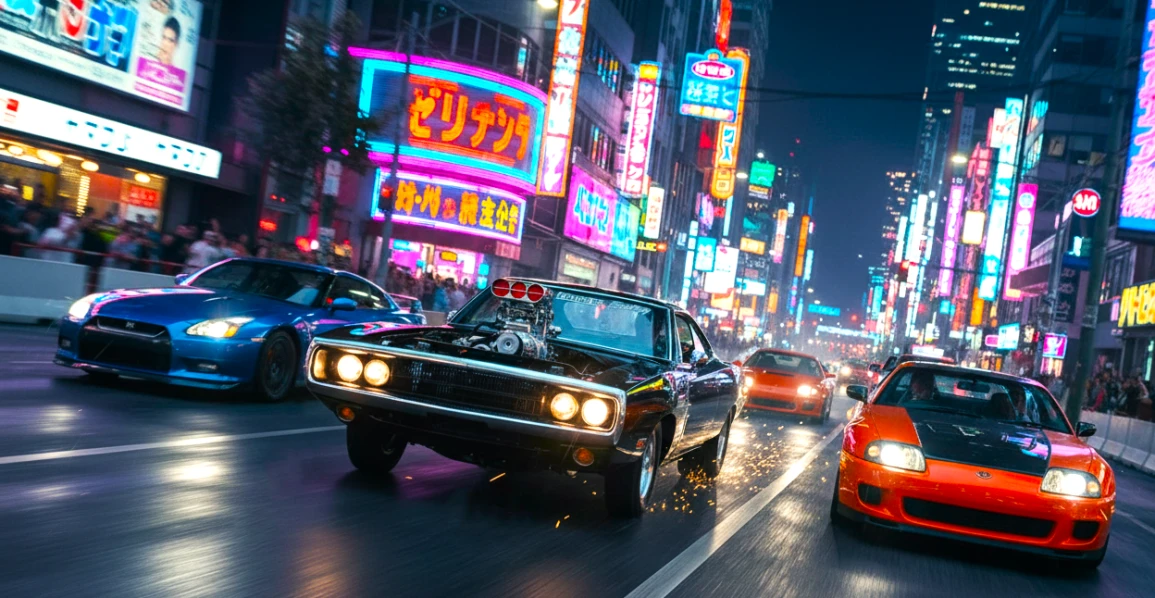
A quarter-mile race. The roar of Japanese turbo engines and an American V8. A nitrous oxide tank that decides the outcome of the race. For millions of people worldwide, the "Fast and Furious" franchise is an introduction to the world of street racing, tuning, and car culture. Since 2001, these films have shaped the tastes of an entire generation of car enthusiasts, turning certain models into true legends.
The fast and furious cars are the main characters, on par with Dominic Toretto and Brian O'Conner. Their personalities, their evolution from film to film, reflect the development of the franchise itself: from a local story about street racers to a global spy thriller with supercars and tanks.
Now, let's break down how the series' fleet of cars has changed, present a fast and furious cars list with pictures, and recall the most iconic fast and furious cars that have gone down in history forever.
The History of the Franchise Through the Lens of Cars
Each Fast & Furious movie is more than just another story about speed and family — it’s a reflection of the automotive trends, technologies, and cultural icons of its time. Cars here are not just props; they’re full-fledged characters that evolve along with the heroes. The changing car lineup mirrors how entire generations’ dreams, tastes, and ideals have shifted over the years.
“The Fast and the Furious” (2001): The Era of Japanese Tuning
The first film introduced audiences to Los Angeles street racing — a neon-lit world of nitrous oxide, body kits, and imported Japanese coupes. It was the golden age of the import scene: affordable yet powerful cars from Japan that, with the right tuning, could take on far pricier sports models. On-screen appeared true legends — the Mitsubishi Eclipse, Mazda RX-7, Nissan Skyline GT-R R34, and of course, the iconic orange Toyota Supra, which became the symbol of the franchise’s early spirit.
“2 Fast 2 Furious” (2003): When American Muscle Meets the Import Scene
The sequel takes us to sun-soaked Miami — a place where speed meets style. Here, classic American muscle cars like the 1969 Yenko Camaro and 1970 Dodge Challenger join forces (and sometimes clash) with Japanese imports. This fusion of cultures — American raw power and Japanese precision — defined the franchise’s tone, proving that in the Fast & Furious world, every car has a story and a soul.
“The Fast and the Furious: Tokyo Drift” (2006): Immersion into JDM Culture
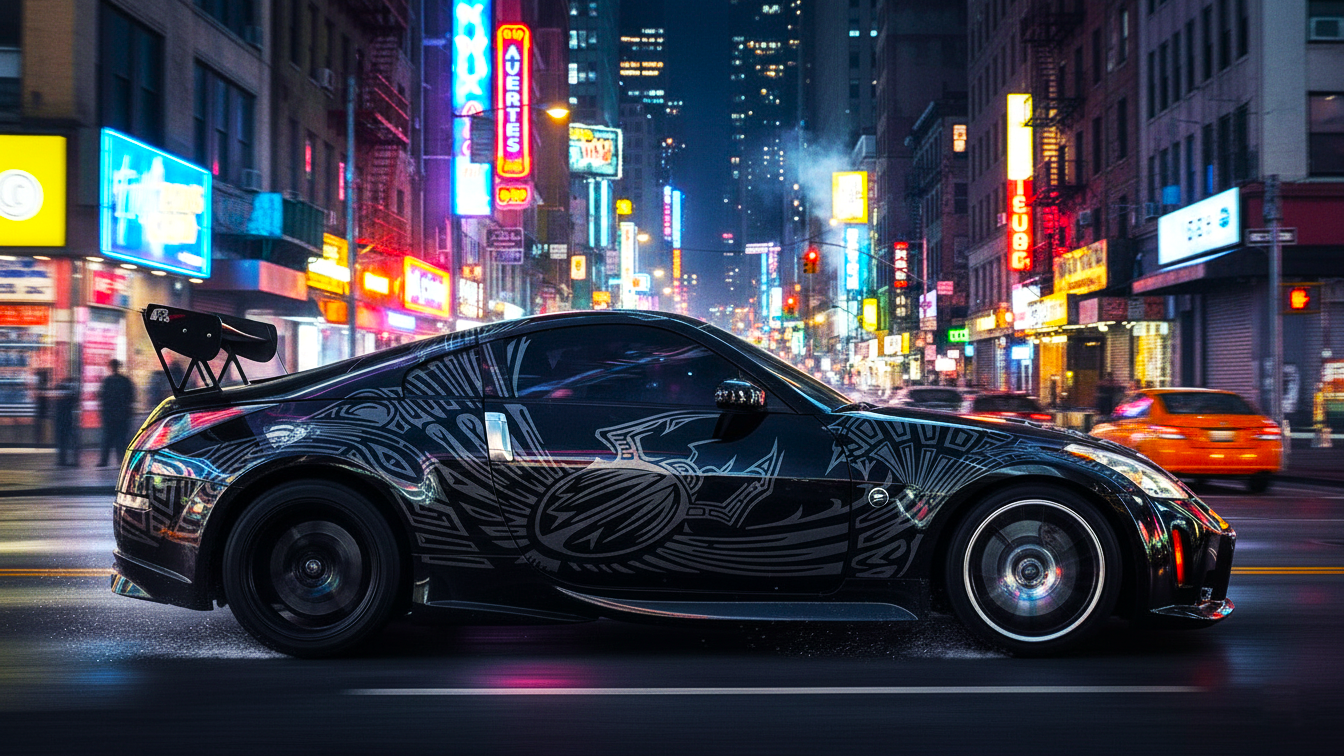
The third film is a love letter to Japanese car culture. Against the neon skyline of Tokyo, the roar of engines replaces dialogue, and drifting becomes a language of its own. Legendary models such as the Nissan Silvia S15, Mazda RX-7 VeilSide, and Nissan 350Z dominate the screen. This movie didn’t just popularize the word “drift” in the West — it cemented Fast & Furious as the ultimate celebration of real car legends and underground racing culture.
“Fast & Furious 4–10” (2009–2023): Evolution Toward Supercars and Spectacle
From the fourth installment onward, the franchise shifted gears — from street racing to global-scale heists and espionage. As the stakes grew, so did the horsepower: exotic Koenigseggs, Lykan HyperSports, McLarens, armored trucks, and even tanks took center stage. Cars became more than vehicles; they turned into symbols of power, innovation, and cinematic spectacle. By the time the crew literally reached space, Fast & Furious had transformed into a saga that defied both gravity and genre.
From the garages of Los Angeles to intercontinental missions, the franchise has always stayed true to one core belief: a car is never just a machine. It’s identity, expression, and the driving force — quite literally — behind every chapter of the story.
Categories of Fast and Furious Cars
The franchise's vehicle fleet can be broadly divided into several key categories.
Category | Representatives | Role in the Franchise |
JDM Legends | Toyota Supra, Nissan Skyline, Mazda RX–7, Honda NSX | The foundation of the first films, a symbol of tuning culture |
American Muscle | Dodge Charger, Ford Mustang, Chevrolet Camaro | Dominic Toretto's cars, a symbol of power |
Exotic Supercars | Lamborghini, Ferrari, Lykan HyperSport | Appear in later films, a symbol of luxury and action |
Custom Builds | Flip Car, Ramp Car, Ice Charger | Unique vehicles built specifically for stunts |
Top 15 Most Iconic Cars of the Franchise
Here is a list of cars that have become the series' calling card.
1. 1970 Dodge Charger R/T (Dominic Toretto)
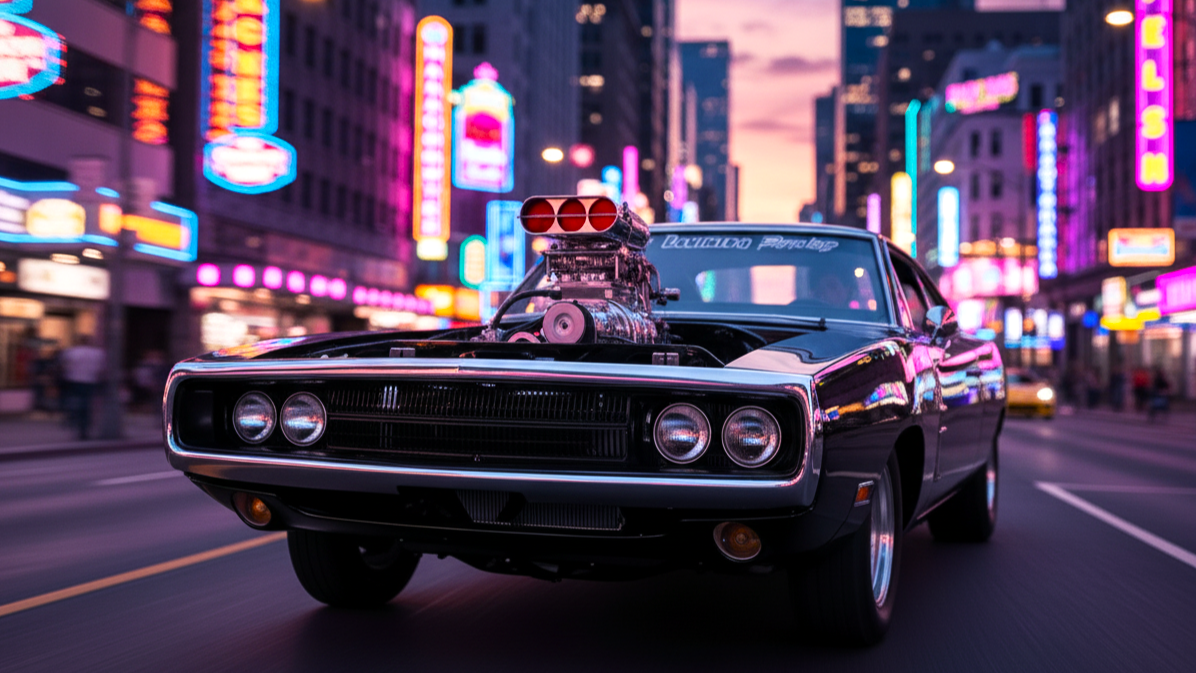
The symbol of the entire franchise and the Toretto family. A black muscle car with a massive supercharger that did wheelies. It evolved with the series, transforming into an off–road version and an "Ice" Charger with a jet engine.
2. 1995 Mitsubishi Eclipse (Brian O'Conner)
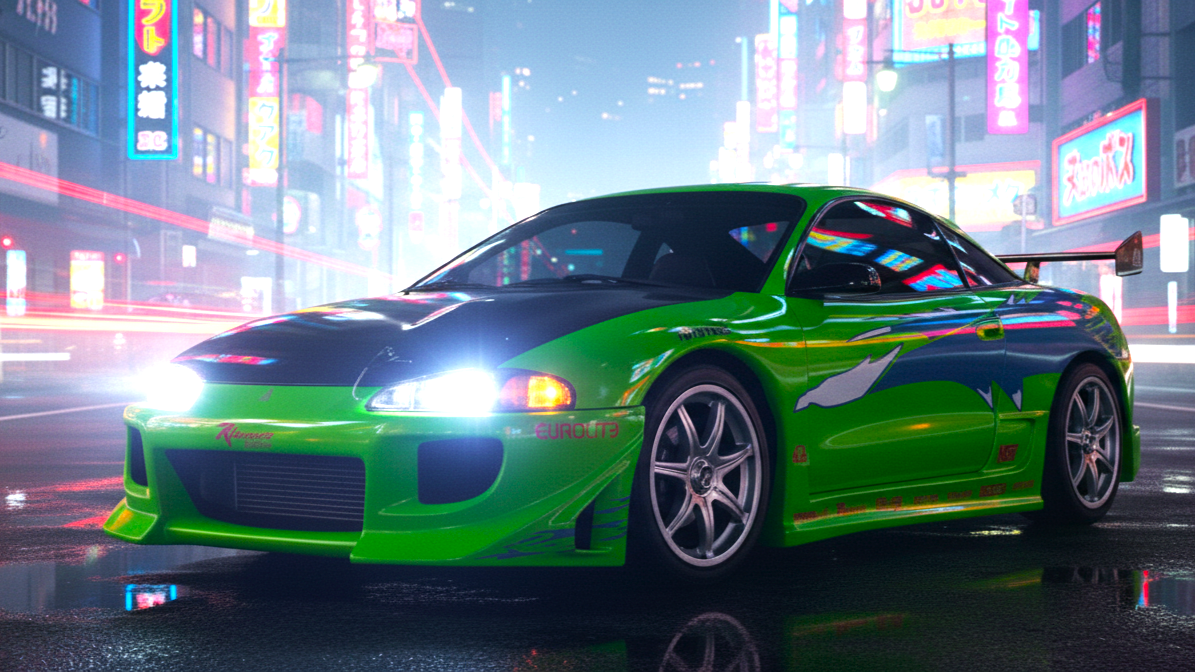
The bright green Eclipse from the first film. It was with this car that Brian's story in the world of street racing began.
3. 1994 Toyota Supra MK IV (Brian O'Conner)
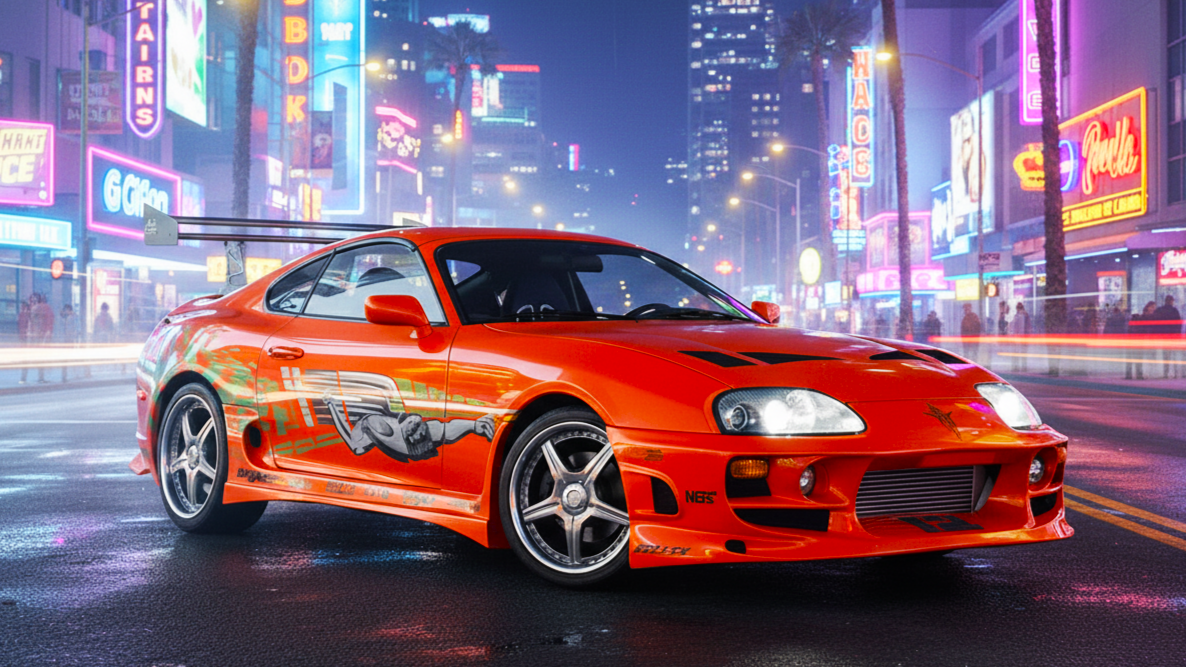
A JDM legend. The orange Supra that Brian and Dom restored together became one of the most recognizable cars in cinema history.
4. 1997 Mazda RX–7 VeilSide Fortune (Han)
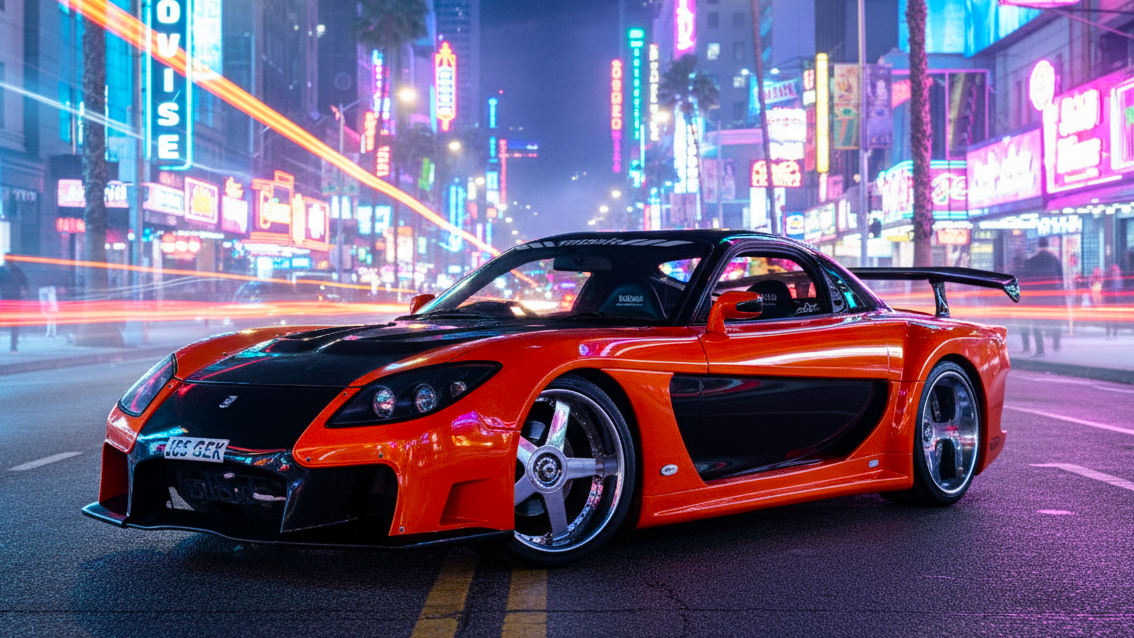
The icon of "Tokyo Drift." The orange–and–black RX–7 with a unique VeilSide body kit is one of the most beautiful and stylish drift cars in the series.
5. 1999 Nissan Skyline GT–R R34 (Brian O'Conner)
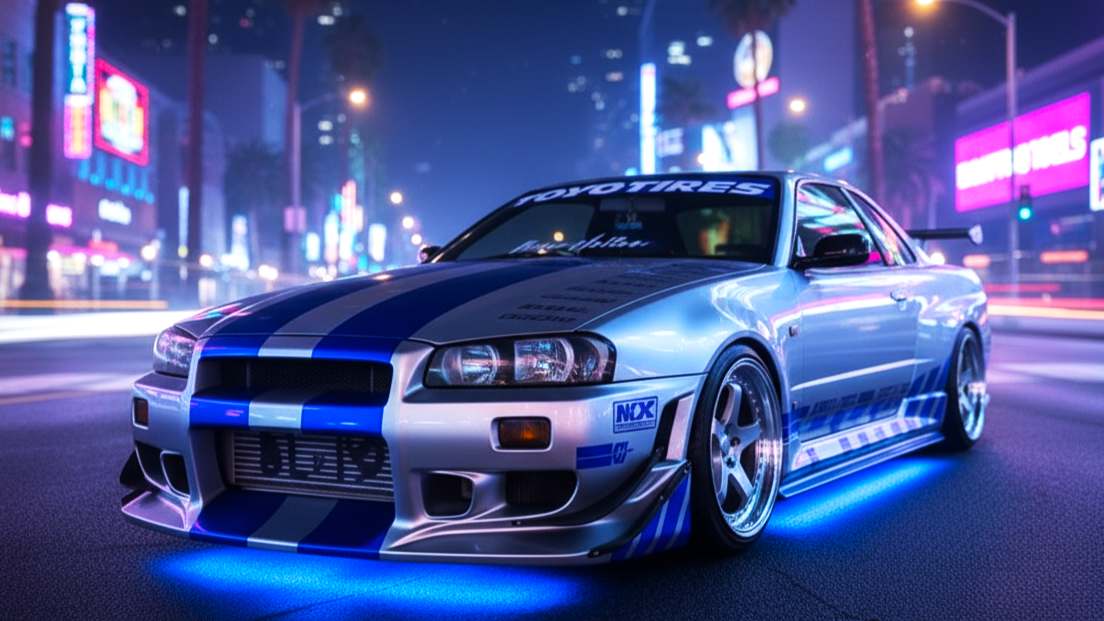
The silver–and–blue Skyline from "2 Fast 2 Furious." Brian's favorite car, and Paul Walker's in real life. A symbol of Japanese engineering.
6. 1967 Ford Mustang Fastback (Sean Boswell)
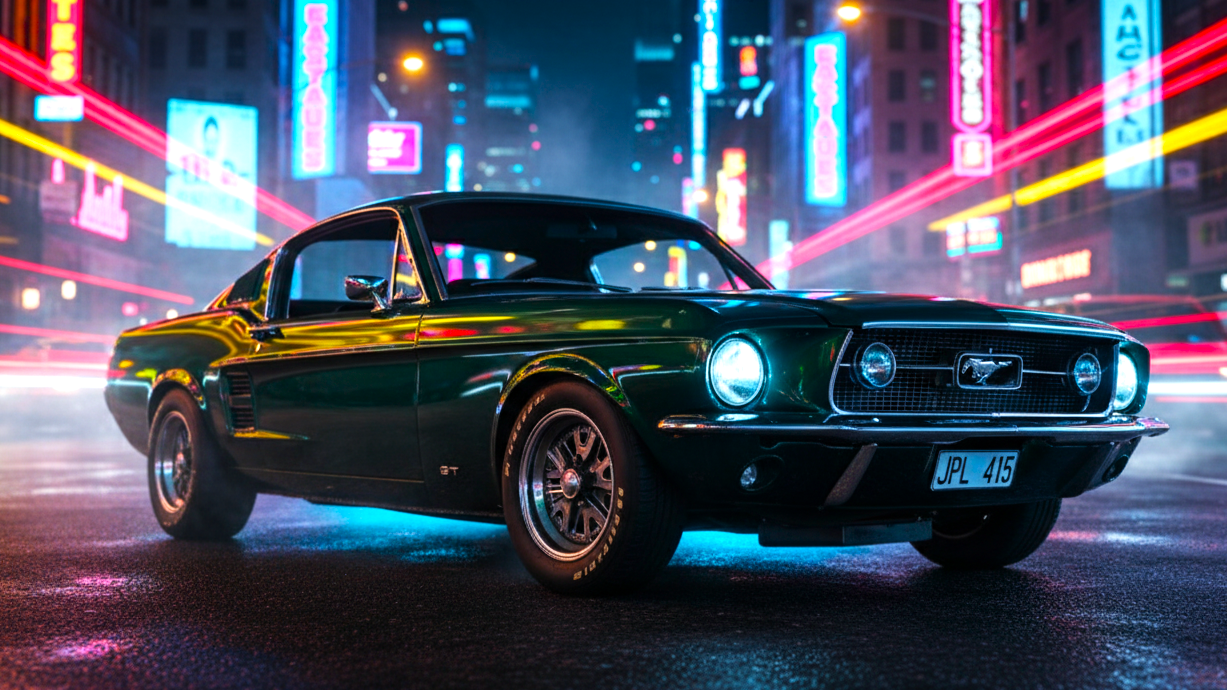
The car in which the protagonist of "Tokyo Drift" challenged the "Drift King." It was fitted with an RB26 engine from a Nissan Silvia.
7. 2011 Lexus LFA (Han)
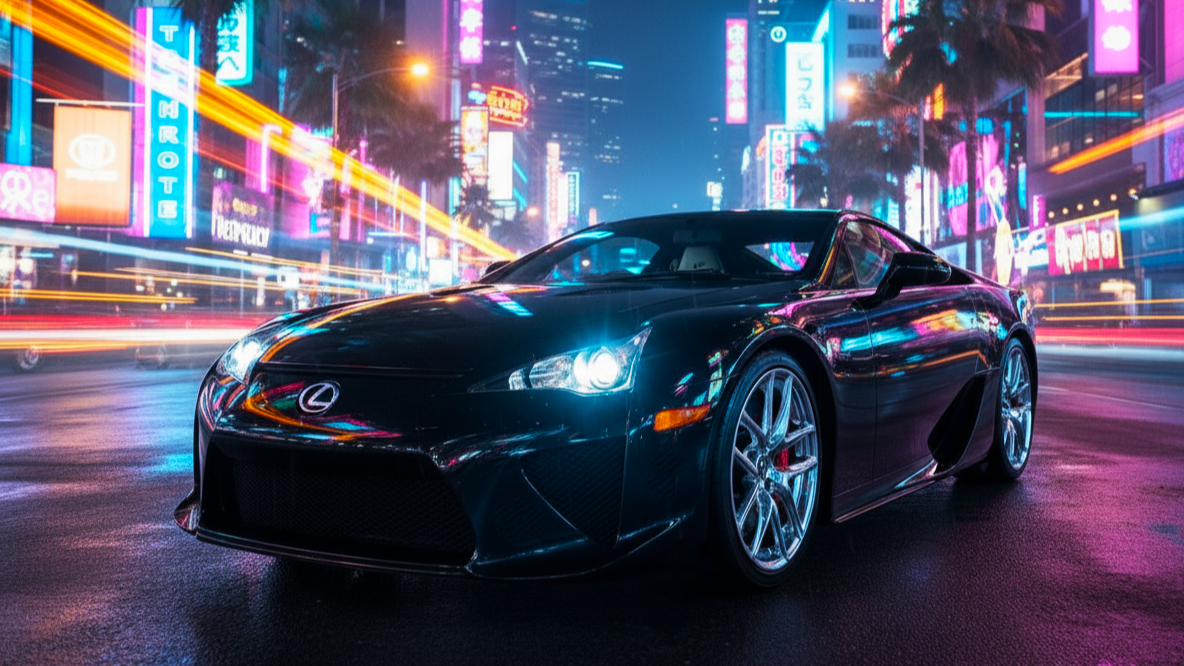
An exotic Japanese supercar with an incredible V10 sound, in which Han and Gisele drive on the Autobahn in the fifth film.
8. 1969 Yenko Camaro SYC (Brian O'Conner)
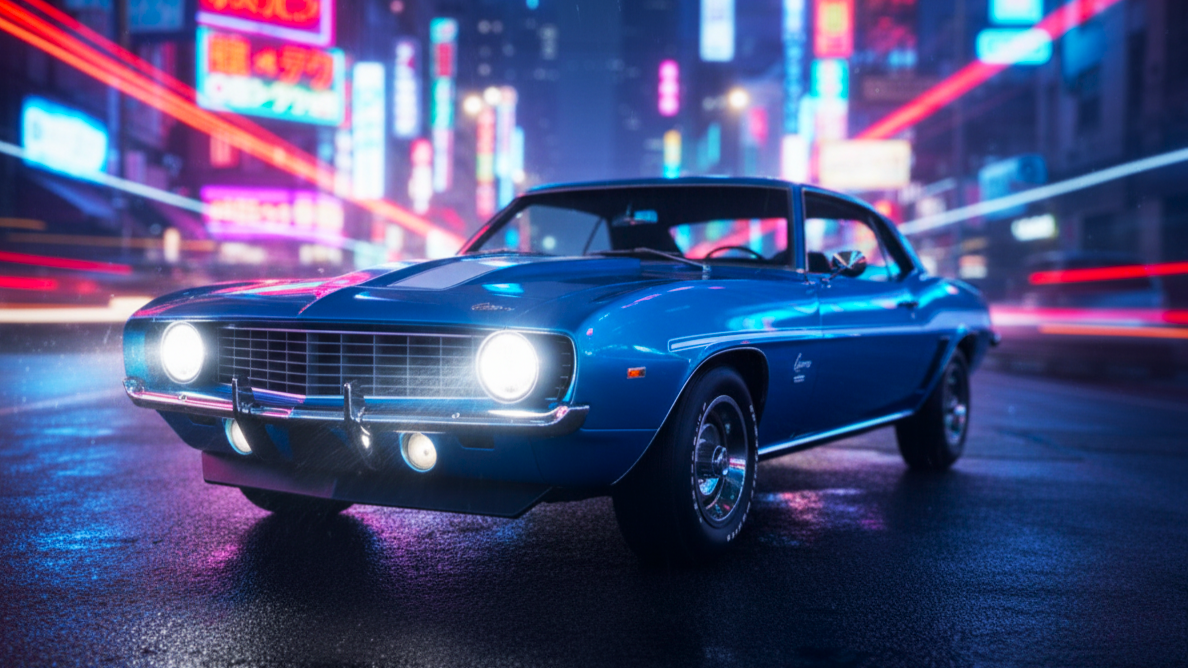
A rare and very powerful muscle car that Brian wins in the second film.
9. 2013 Lykan HyperSport (Dom and Brian)
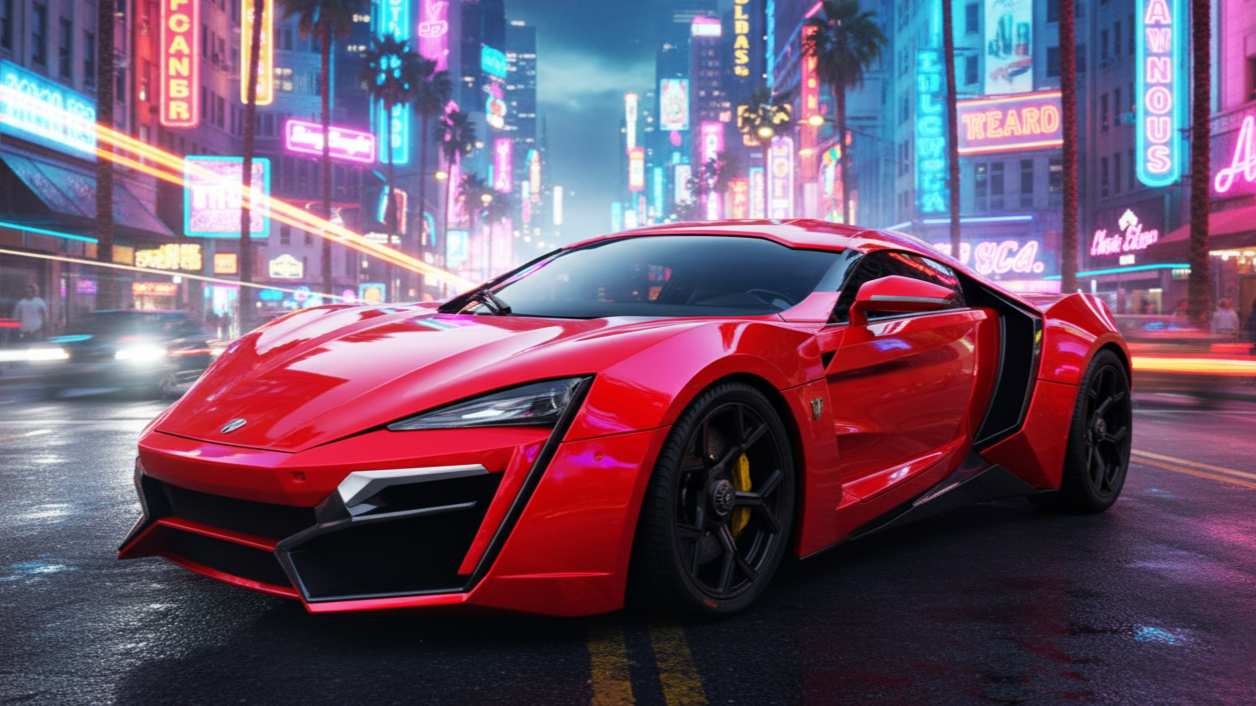
A $3.4 million Arab hypercar in which the heroes perform the legendary jump between skyscrapers in Abu Dhabi.
10. Gurkha LAPV (Luke Hobbs)
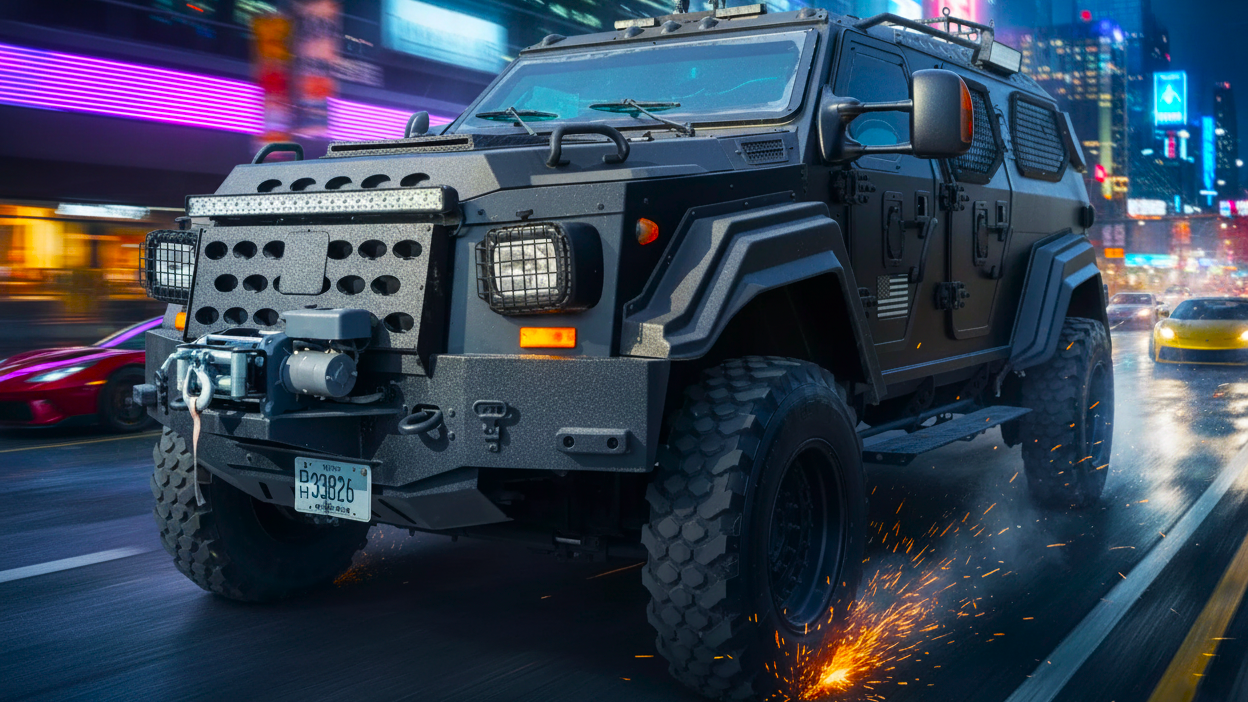
A huge armored military SUV that perfectly suits Dwayne Johnson's character.
11. Honda S2000 (Johnny Tran)

The black roadster of the main antagonist from the first film. Its high-revving VTEC engine and aggressive style personified the dark side of street racing.
12. Nissan Silvia S15 "Mona Lisa" (Han)
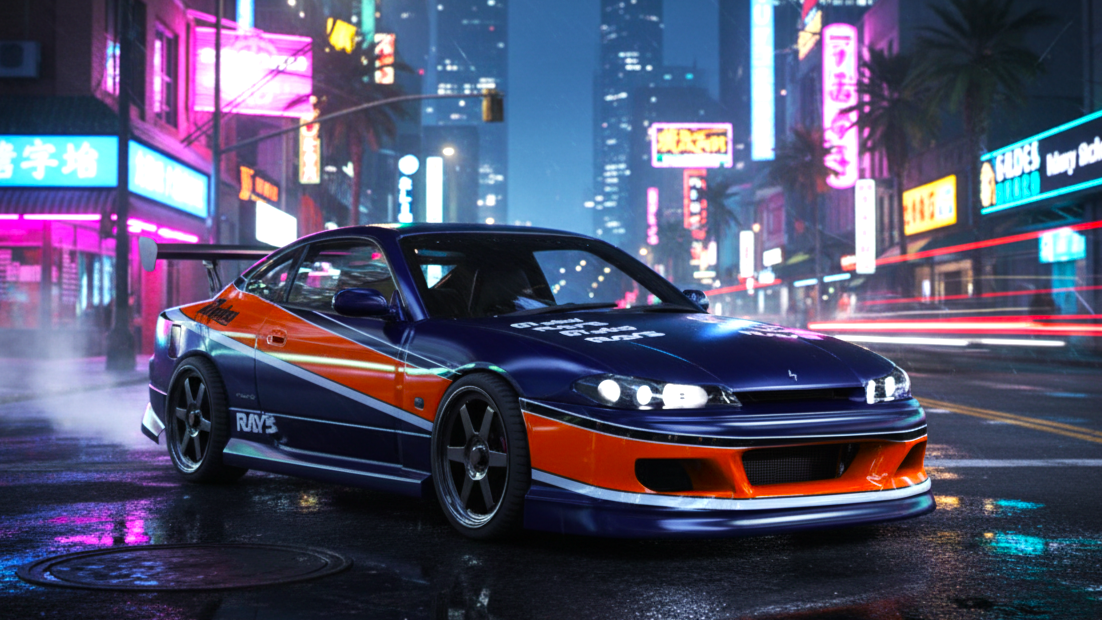
Another iconic car from "Tokyo Drift." Perfectly tuned for drifting, it earned its nickname for its perfection and beauty.
13. 1970 Ford Escort RS1600 Mk I (Brian O'Conner)
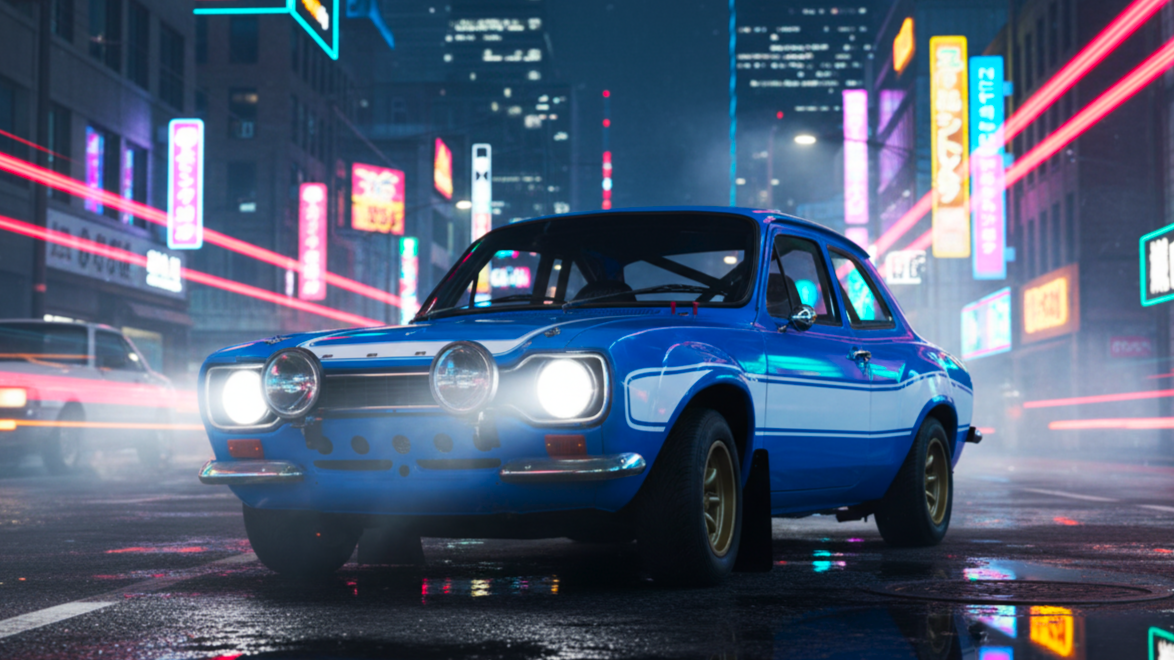
A classic rally car in which Brian makes a spectacular jump from a ramp in the sixth film. An unexpected but very stylish choice for the hero.
14. Subaru Impreza WRX STI (Dom and Brian)
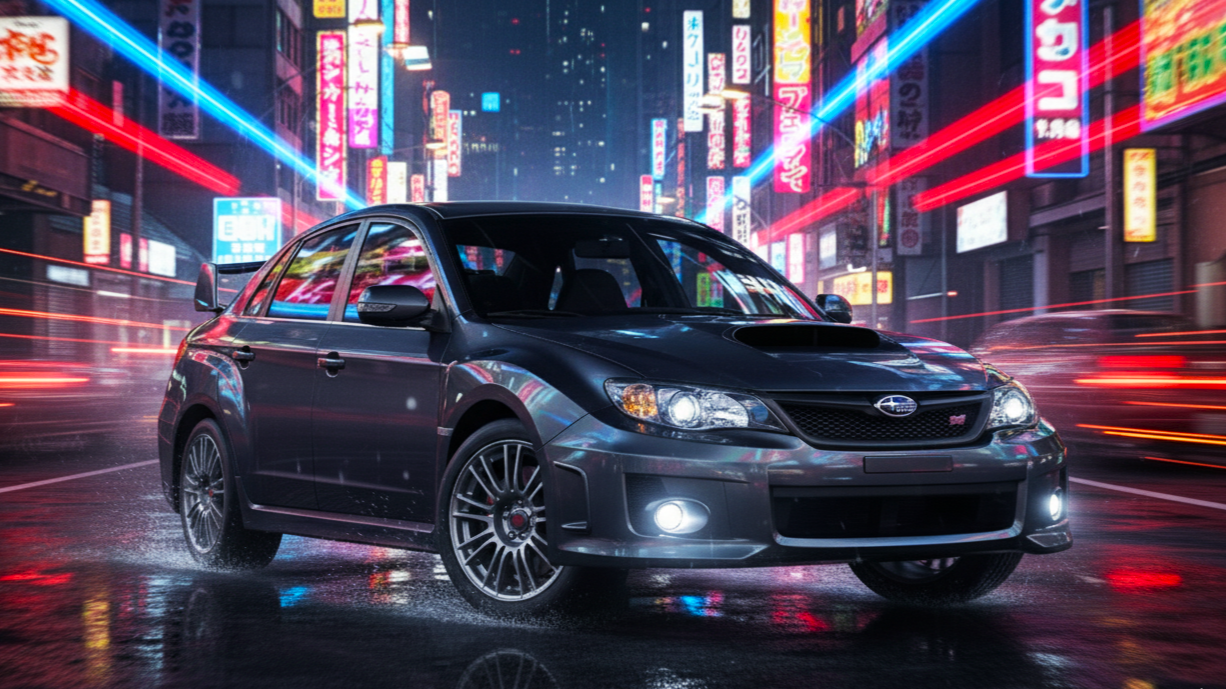
This rally sedan appeared in several installments, showcasing its versatility on both asphalt and off–road.
15. Flip Car (Owen Shaw)
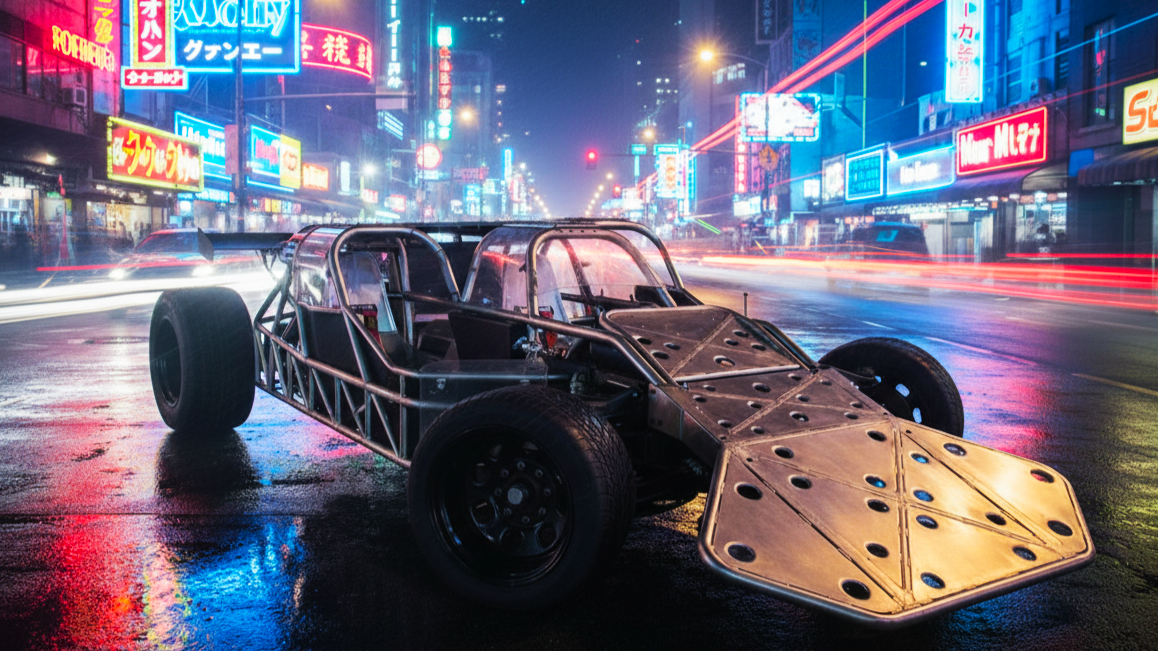
A custom-built car for the sixth film, resembling a Le Mans prototype. Its main feature was a low, ramp-like nose that allowed it to literally "flip" other cars.
The Evolution of Car Stunts Throughout the Films
While the first films focused on realistic street races, in the later installments, physics became optional. Jumps between skyscrapers, cars being dropped from a plane, and races with a submarine – the stunts became increasingly insane. Dozens of identical stunt cars were built to perform them.
Technical Equipment
- Engines and Tuning. Many specifications in the films are exaggerated, but they were always based on real tuning principles: turbocharging, nitrous oxide injection systems, and chip tuning.
- Exterior Modifications. Bright vinyls, aerodynamic body kits, and neon underglow – all these attributes of the 2000s tuning culture were popularized by "Fast and Furious."
Influence on the Automotive Industry
The franchise has had a huge impact on the automotive world. After the release of the first film, sales of the Mitsubishi Eclipse and Toyota Supra on the secondary market skyrocketed. The demand for tuning components grew. Automakers themselves began to collaborate with the filmmakers, providing their new cars for filming, as Dodge did with the Charger model.
The Geography of Car Cultures in the Franchise
Each film introduced viewers to a new car culture. Los Angeles is JDM and quarter–mile races. Miami is muscle cars and exotics. Tokyo is drifting. Rio de Janeiro is racing through the favelas. Abu Dhabi is hypercars.
The Actors and Their Car Preferences
The actors of the franchise are big car enthusiasts in real life as well. Vin Diesel is a fan of classic muscle cars, just like his character. And the late Paul Walker was a true fan of Japanese cars, especially the Nissan Skyline GT–R. His personal collection included dozens of rare cars.
Collecting and Replicas
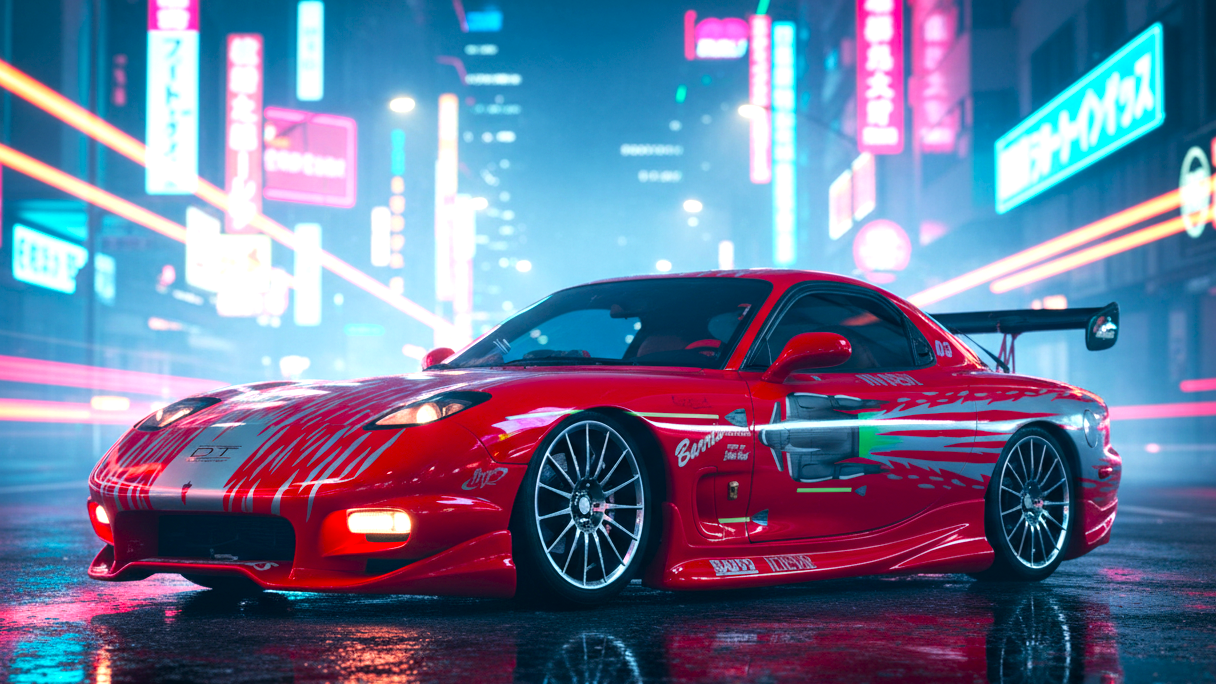
The influence of the franchise has extended far beyond movie theaters, creating a multi–million dollar market for collectibles and replicas. The cars used in fast and furious have become true "Holy Grails" for collectors, and the opportunity to own a piece of this cinematic universe attracts fans worldwide.
Original Hero Cars from the Shoots
The most valuable lots are the original "hero" cars in which the main actors were filmed. Their number is extremely limited, and each sale becomes an event. The record holder remains the orange Toyota Supra MK IV from the first film, which was sold at a Barrett–Jackson auction in 2021 for a record $550,000. It is important to understand that several identical cars are usually built for filming:
- Hero Car. The perfect car for close–ups and scenes with actors.
- Stunt Doubles. Several simpler and cheaper copies that are used for stunts and often get destroyed.
- Process Cars. Cars mounted on special platforms for filming dialogues inside the cabin.
It is the "hero" cars, preserved in perfect condition, that have the greatest collector's value.
Full–Scale Replicas
For those who cannot afford an original car from the set, there is a thriving market for replicas. Dozens of workshops around the world, such as TopSecret in Japan or MagnaFlow in the USA, specialize in building exact copies of cars from "Fast and Furious." The cost of such a replica can range from $30,000 for a simple project to $150,000 and more for a car that accurately replicates all details, from vinyls to engine modifications. Fans also build replicas themselves, which has become a separate trend in tuning culture.
Die-Cast Scale Models
The most accessible way to touch the legend is to collect scale models. Major manufacturers such as Hot Wheels, Jada Toys, and Greenlight release licensed versions of all fast and furious cars in various scales (1:64, 1:24, 1:18). Some of these models themselves become collectibles. For example, limited series released for a film's premiere or highly detailed models from Greenlight can be worth tens of times their original price.
Legal Issues
It is important to remember that creating an exact replica using logos and names from the film for subsequent sale may violate the copyright of Universal Studios. Most companies that build replicas to order do so for private use and do not position them as official products.
Conclusion: The Legacy of Fast and Furious
The "Fast and Furious" franchise is a global cultural phenomenon that has changed the attitude of millions of people towards cars. It has shown that a car can be not just a means of transportation, but a way of self–expression, a part of the family, and a source of incredible adventures.
Despite the shift towards fantasy, all fast and furious cars remain at the center of the narrative. They are the main heroes. And as long as the series continues, it will inspire a new generation of car enthusiasts and maintain interest in tuning culture. Explore our fast and furious cars list with pictures and remember where your love for speed began.


